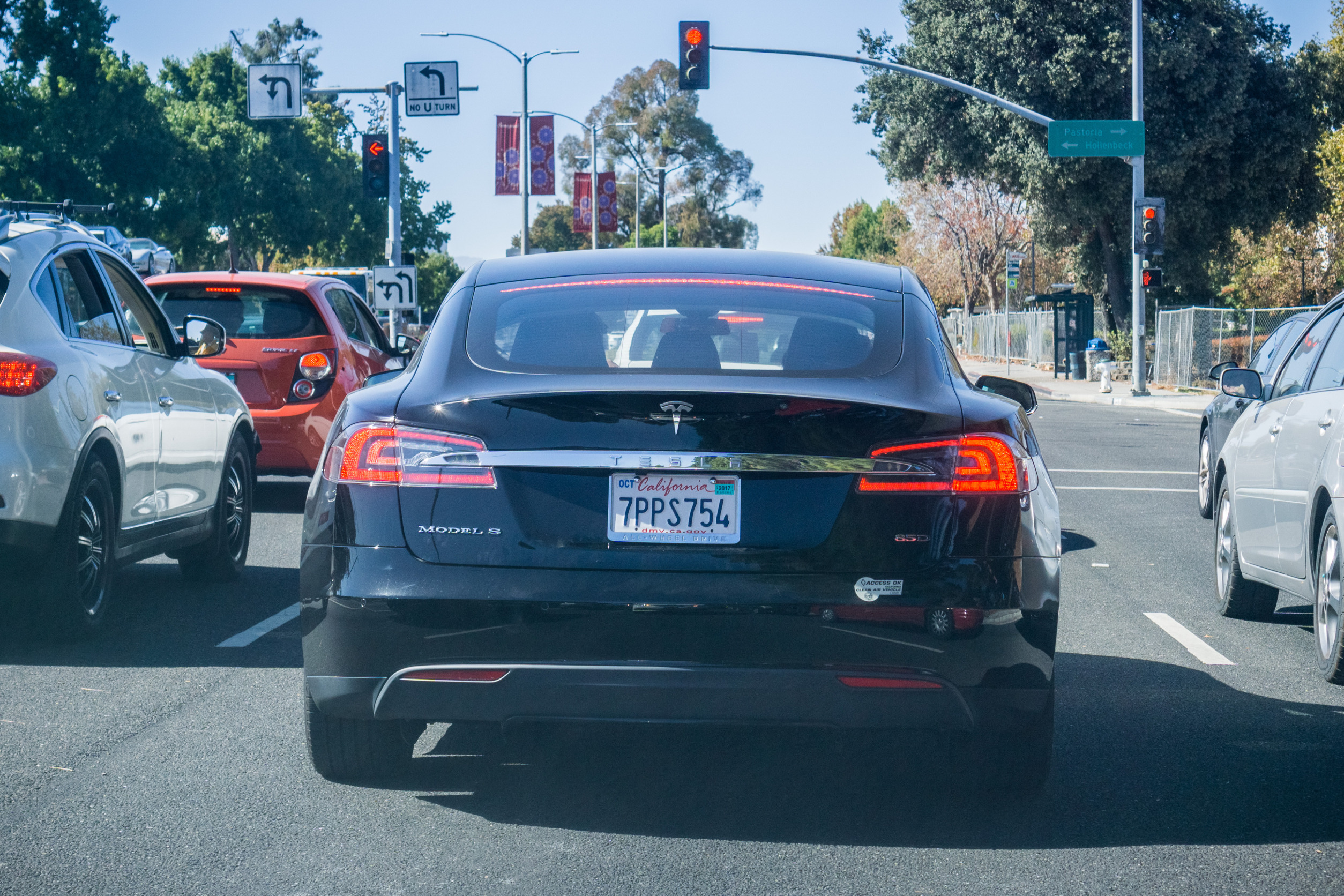Can it be true that California, in pursuit of reduced emissions from internal combustion engine vehicles, has mandated that heavier EV cars and trucks tear up the state’s roads? Shockingly, the state has no accompanying mandate on those heavier vehicles to contribute funds to the maintenance and repairs of the roads they will be utilizing!
An EV battery for a sedan weighs 1,000 pounds, while heavy-duty electric truck batteries can weigh up to 16,000 pounds, which is 16 times more than the Tesla battery.
California has almost 400,000 miles of roadways used by the State’s 30 million vehicles. Those roadways are heavily dependent on road taxes from fuels that contribute more than $8.8 billion annually, the same gas tax revenues that also fund many environmental programs and the high-speed rail project. That $8.8 billion revenue source will diminish in the decades ahead as EVs begin to replace internal combustion engine vehicles.
A 2022 ranking of state-by-state road health by the American Society of Civil Engineers (ASCE) Infrastructure Report Card puts California in second-to-last place, tied with six other states with a grade of D. Only one state’s rating was worse — Mississippi, which got a D-minus. Despite the failing grade from the ASCE, spending on roads continues to grow as California drivers traverse some of the worst in the country.
California’s aggressive transition to 100% zero-emission cars and light trucks by 2035 is critical to the state’s plan to fight against climate change. The potential addition of 30 million heavier vehicles on some of the worst in the country may not bode well for happy drivers already paying the highest gas taxes in America.
California already pumps out the highest state gas tax rate of 77.9 cents per gallon (CPG), followed by Illinois (66.5 CPG) and Pennsylvania (62.2 CPG).
According to Governor Gavin Newsom’s 2022–23 Proposed Budget, the motor vehicle fuel taxes generated $6.5 billion in revenue in 2021–22 and will produce an estimated $8.8 billion ($7.4 billion in 2022–23 from gasoline, and with an estimated $1.4 billion for 2022–23 from diesel).
A report from the state’s Legislative Analyst’s Office (LAO) projects a net transportation funding decline of about $4.4 billion — or 31% — within the next decade. This money is a primary funding source for highway maintenance. The report says these revenue decreases, especially if left unchecked, could result in deteriorating highway conditions for drivers.
As gasoline and diesel use declines, California could lose $4 billion in transportation funding, the LAO report finds.
The elites have bought EVs, and elites may continue to purchase EVs, BUT we’re quickly running out of elites!
The common folk need a workhorse vehicle, not just a second car toy that sits in the garage to be used on short ventures!
The current EV ownership profiles are reflected in the oligarchic elite that are highly educated, highly compensated, multi-car families with low mileage requirements for the family’s second car.
Current EV owner profiles are dramatically different from most vehicle owners as they are single-car owners, not as highly educated nor highly compensated, and have higher mileage requirements for their workhorse vehicles.
Mandating a change to EV ownership and further austerity onto those who can least afford it, the State may face a rebellion from those who need transportation.
The UK is ahead of most of the world by having users pay for road maintenance and a new grid! The UK is setting up Separate Meters for EV charging and protecting its grid with Smart Chargers.
1 – Separately Metered: The UK Electric Vehicles (Smart Charge Points) Regulations 2021 came into force on 30th June 2022. All home-installed electric vehicle chargers are required to be separately metered with “Smart Meters” and send information to the Smart meter data communications network. This legislation allows the electricity used to charge EVs to be charged and taxed at a higher rate than domestic electricity. The technology enacted also enables the rationing of electricity for EV charging because the government can decide when and if an EV can be charged.
2 – Smart Chargers: As of May 30, 2022, in the UK, new home and workplace chargers installed must be “Smart” chargers” connected to the internet and able to employ pre-sets limiting their ability to function 9 hours/day, from 8 am to 11 am, and 4 pm to 10 pm. In addition to the nine hours a day of downtime, authorities will be able to impose a “randomized delay” of 30 minutes on individual chargers in certain areas to prevent grid spikes at other times.
Facing billions of revenue losses from diminishing use of gasoline and diesel fuels to maintain the 400,000 miles of roadways, California may be looking at revenue to be derived from the charging of EVs, i.e., “user pays”!
In the event that California implements the UK version of “user pays,” electricity rates for charging EV cars and EV trucks may go ballistic, and the free lunch will be over for EV owners!
This article originally appeared at America Out Loud
